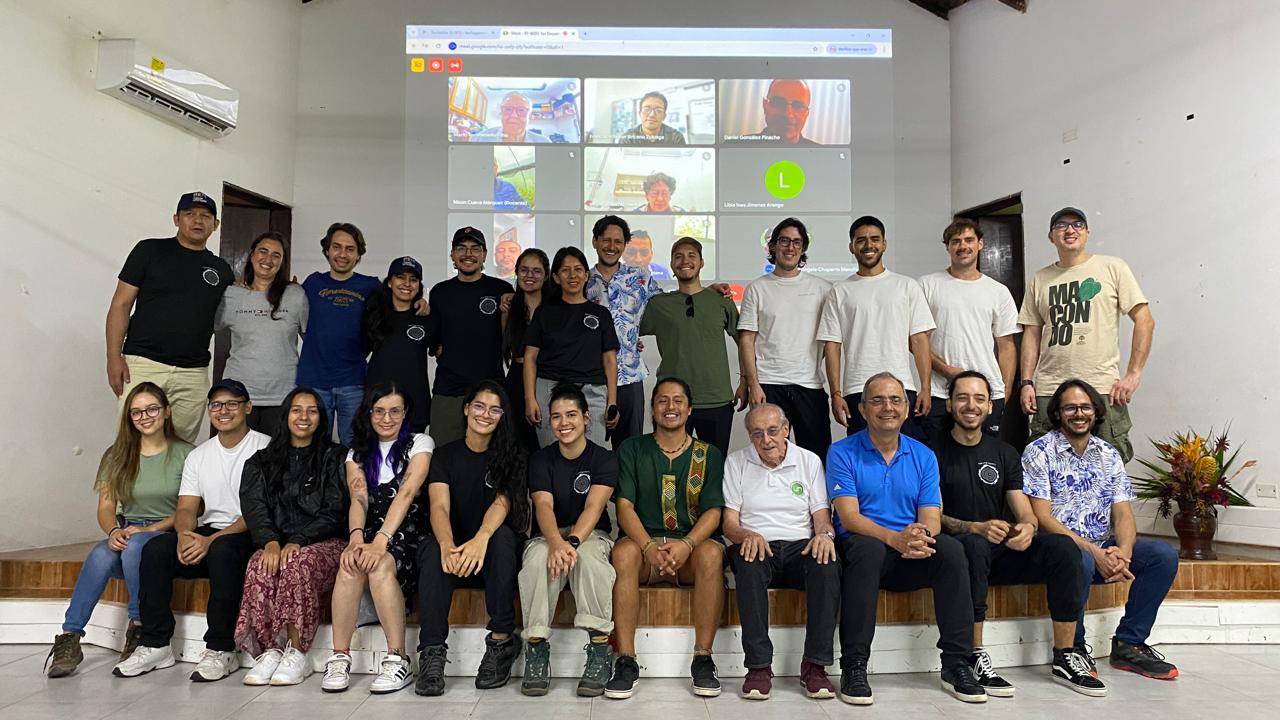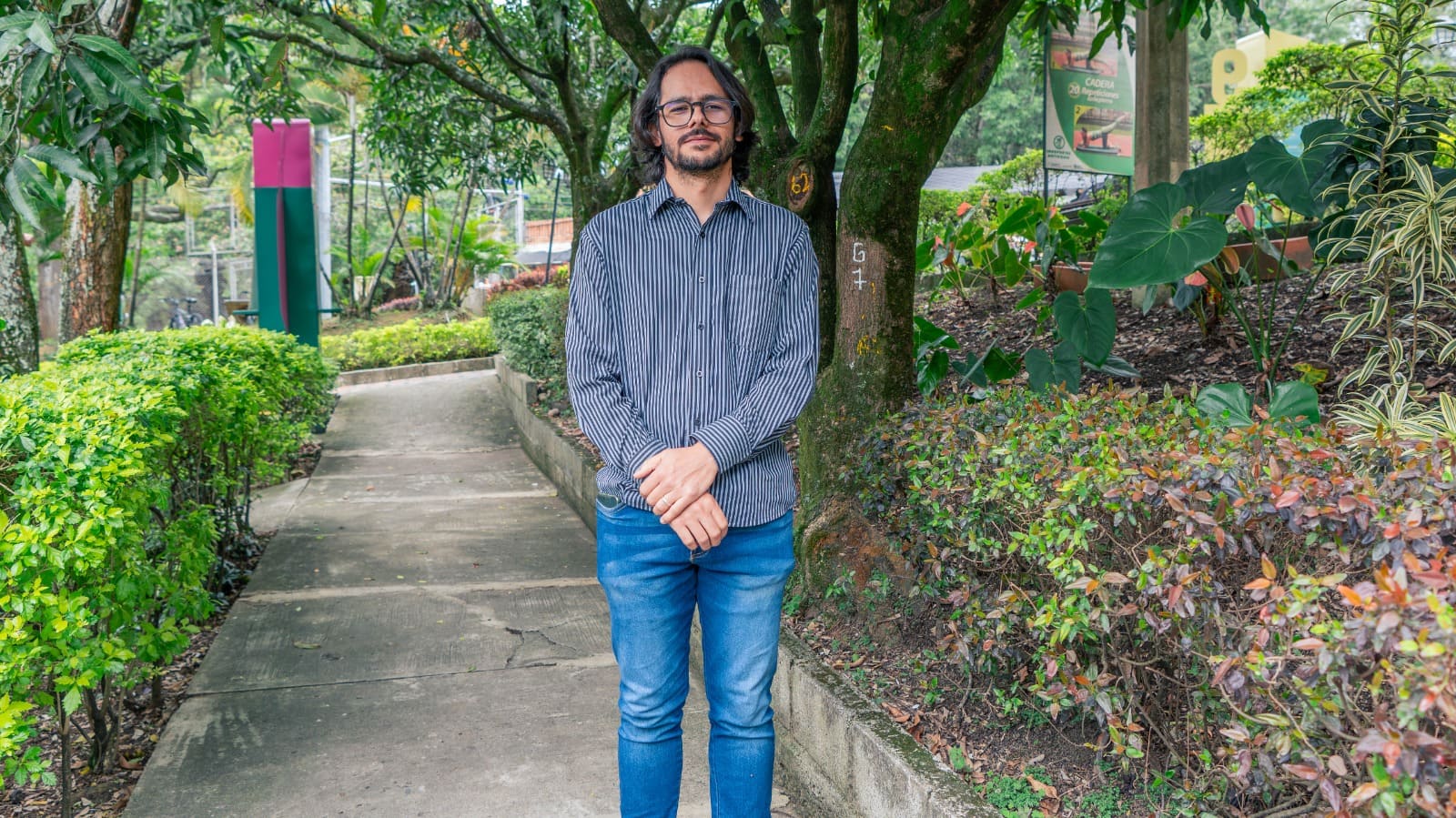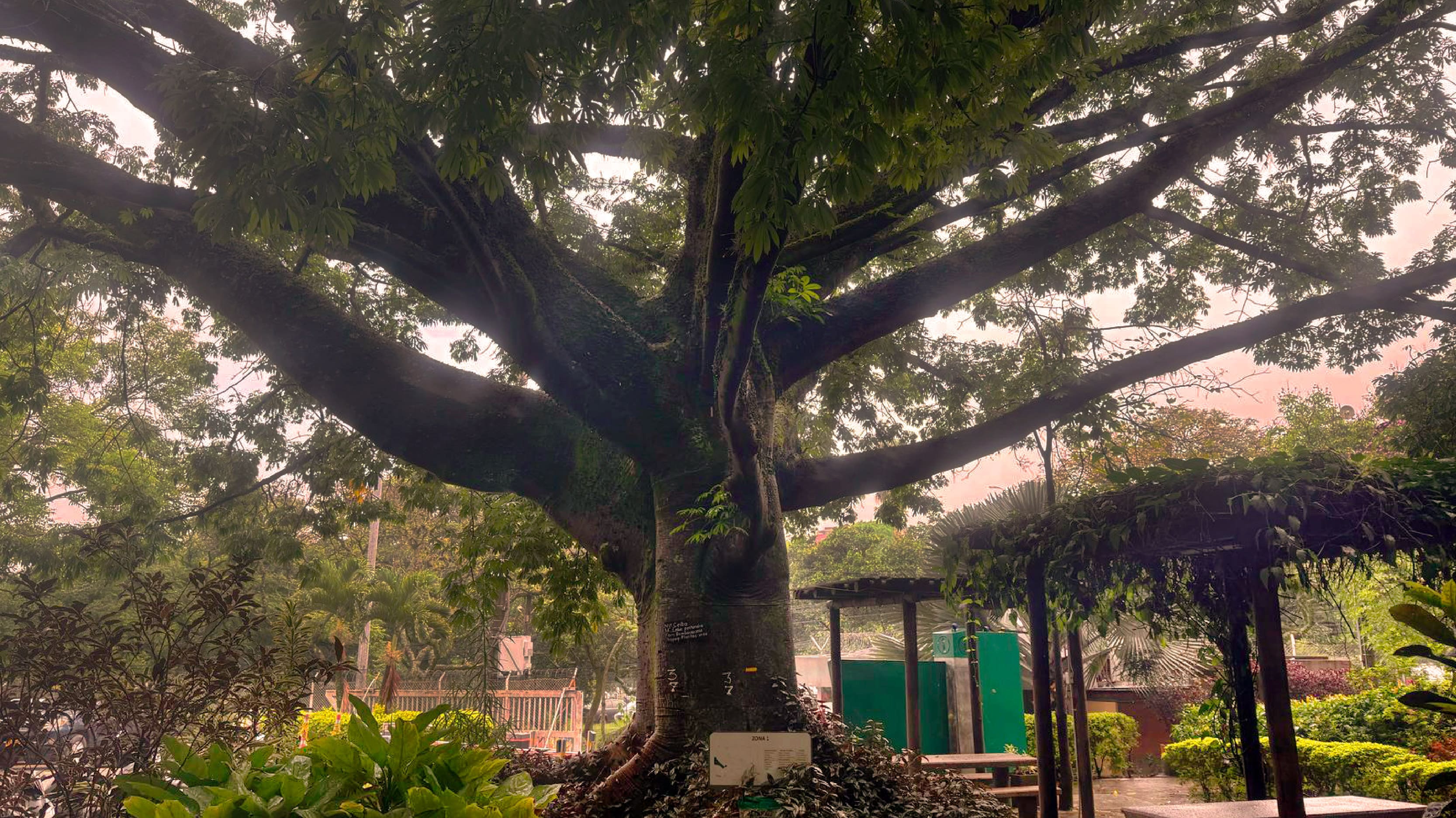- El primer proyecto formulado por la Red está enfocado en el manejo forestal sostenible. Su finalidad es encontrar un equilibrio entre la productividad y la conservación de los bosques, asegurando un aprovechamiento responsable de los recursos forestales.
- El 29 de abril se celebra el Día Nacional del Árbol
El TdeA forma parte del grupo pionero que ha dado vida a la Red Colombiana de Dendrocronología. Esta iniciativa surge de la reunión de 30 investigadores provenientes de diversas universidades nacionales e internacionales, quienes se congregaron recientemente en la Universidad Nacional de Colombia – UN, Sede Amazonía.
Nuestro TdeA comparte este espacio de investigación con instituciones hermanas como la UN, anfitriona del encuentro, así como la Universidad del Cauca, la Universidad Distrital Francisco José de Caldas, la Universidad Industrial de Santander, la Universidad Militar Nueva Granada, la Universidad de São Paulo, la Universidad de Miami, la Universidad de Barcelona y la Universidad Autónoma de Barcelona, entre otras. Esta articulación con aulas extranjeras da un impulso a la investigación colombiana, ya que esta área es joven en nuestro territorio, con apenas 20 años de desarrollo. “Podemos ahora empezar a escribir proyectos conjuntos que permitan potenciar las capacidades para poder avanzar más rápido en esta disciplina”, explicó el profesor Jorge Giraldo, docente e investigador de la Facultad de Ingeniería del TdeA.
También detalló que esta ciencia permite reconstruir la historia climática, entender eventos naturales como sequías o fenómenos de altas precipitaciones, y evaluar el impacto humano en los ecosistemas, especialmente en términos de contaminación. Además, la dendrocronología es una herramienta clave para la datación de estructuras antiguas, conocer la salud de los individuos arbóreos y en la gestión ambiental.
Proyecto inicial
El primer proyecto formulado por la Red está enfocado en el manejo forestal sostenible. Su finalidad es encontrar un equilibrio entre la productividad y la conservación de los bosques, asegurando un aprovechamiento responsable de los recursos forestales.
En el caso de cultivos agrícolas, los agrónomos conocen el tiempo exacto que una planta necesita para llegar a su fase productiva. No obstante, en los bosques naturales, es común que se desconozca cuántos años tardan los árboles en alcanzar dimensiones productivas. A través de la dendrocronología, es posible determinar estos tiempos de crecimiento y calcular la oferta de madera disponible, evitando la tala indiscriminada en los bosques colombianos, que suman aproximadamente unas 50 millones de hectáreas.
Mediante el análisis de los anillos de crecimiento, se establecen curvas de desarrollo que permiten definir qué especies pueden ser aprovechadas, cuándo y en qué cantidades, dentro de planes de manejo forestal. Este enfoque técnico permite una explotación sostenible, asegurando la regeneración de los bosques y su conservación a largo plazo.
Por ejemplo, si se talan árboles sin previo estudio, con diámetros de 60 centímetros y alturas de 20 a 30 metros, sin considerar su edad, puede que este individuo tenga 200 años. Sin el conocimiento adecuado, se estaría agotando un recurso que tardaría este mismo tiempo en recuperarse. Esta disciplina permite tomar decisiones informadas para la gestión responsable de los bosques, razón por la cual se expone el proyecto al sector maderero.
Consciente de la importancia de esta disciplina, el TdeA ha impulsado proyectos entre los estudiantes, promoviendo el interés por esta ciencia dentro del Semillero de Ecosistemas y Cambio Climático, adscrito al Grupo de Investigación Integra. A través de estas iniciativas, se busca seguir ampliando el conocimiento sobre la dendrocronología y su aplicación en la conservación y sostenibilidad ambiental en Colombia.
Día Nacional del Árbol en Colombia
“Cada 29 de abril Colombia celebra el Día Nacional del Árbol, una fecha para concienciar a la población sobre la importancia de proteger a estos guardianes de la naturaleza.
Desde 1941, mediante un decreto se dio inicio a esta conmemoración, que también es llamada Día Forestal Mundial por recomendación del Congreso Forestal Mundial que se celebró en Roma en 1969. Esta recomendación fue aceptada por la Organización de Naciones Unidas para la Agricultura y la Alimentación (FAO) en 1971” (Minambiente, 2025).
![]()
TdeA, one of the Pioneers in the Colombian Dendrochronology Network
- The first project formulated by the Network is focused on sustainable forest management. Its purpose is to find a balance between productivity and forest conservation, ensuring the responsible use of forest resources.
- April 29 is celebrated as National Tree Day.
The TdeA is part of the pioneering group that has brought the Colombian Dendrochronology Network to life. This initiative arises from the meeting of 30 researchers from various national and international universities, who recently gathered at the National University of Colombia – UN, Amazonia Campus.
Our TdeA shares this research space with sister institutions such as the UN, host of the meeting, as well as the Universidad del Cauca, the Universidad Distrital Francisco José de Caldas, the Universidad Industrial de Santander, the Universidad Militar Nueva Granada, the Universidad de São Paulo, the University of Miami, the University of Barcelona, and the Autonomous University of Barcelona, among others. This collaboration with foreign intitutions gives a boost to Colombian research, as this area is young in our territory, with only 20 years of development. "We can now start writing joint projects that will enhance our capabilities to advance more quickly in this discipline," explained Professor Jorge Giraldo, a teacher and researcher at the School of Engineering at TdeA.
He also detailed that this science allows for the reconstruction of climatic history, understanding natural events such as droughts or high precipitation phenomena, and assessing human impact on ecosystems, especially in terms of pollution. Moreover, dendrochronology is a key tool for dating ancient structures, understanding the health of tree individuals, and in environmental management.
Initial project
The first project formulated by the Network is focused on sustainable forest management. Its purpose is to find a balance between productivity and forest conservation, ensuring a responsible use of forest resources.
In the case of agricultural crops, agronomists know the exact time a plant needs to reach its productive phase. However, in natural forests, it is common to be unaware of how many years it takes for trees to reach productive dimensions. Through dendrochronology, it is possible to determine these growth times and calculate the available wood supply, avoiding indiscriminate logging in Colombian forests, which total approximately 50 million hectares.
Through the analysis of growth rings, development curves are established that allow for the determination of which species can be utilized, when, and in what quantities, within forest management plans. This technical approach allows for sustainable exploitation, ensuring the regeneration of forests and their long-term conservation.
For example, if trees are cut down without prior study, with diameters of 60 centimeters and heights of 20 to 30 meters, without considering their age, this individual may be 200 years old. Without the proper knowledge, a resource that would take the same amount of time to recover would be depleted. This discipline allows for informed decisions to be made for the responsible management of forests, which is why the project is presented to the timber sector.
Aware of the importance of this discipline, the TdeA has promoted projects among students, fostering interest in this science within the Ecosystems and Climate Change Seedbed, affiliated with the Integra Research Group. Through these initiatives, the aim is to continue expanding knowledge about dendrochronology and its application in environmental conservation and sustainability in Colombia.
National Tree Day in Colombia
Every April 29, Colombia celebrates National Tree Day, a date to raise awareness among the population about the importance of protecting these guardians of nature.
Since 1941, this commemoration was initiated by a decree, which is also called World Forestry Day by recommendation of the World Forestry Congress held in Rome in 1969.This recommendation was accepted by the Food and Agriculture Organization of the United Nations (FAO) in 1971” (Minambiente, 2025).


